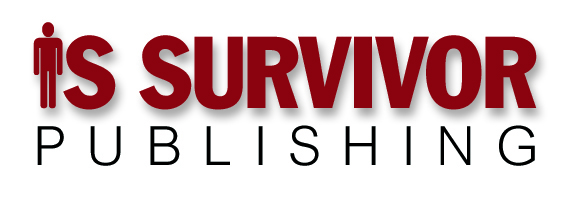I was traveling this weekend and didn’t have enough time to finish the column I worked on. So instead, here’s one from almost 20 years ago. I liked re-reading it. I hope it’s new for you.
– Bob
Someday I’m going to have to plan my career. I figure I’ll have time to plan it a few months after I retire. In the meantime, I’m having so much fun at whatever I have instead that if I have any more I’m not going to get any sleep at all.
Oh, I know we’re all supposed to have a five-year career plan with timetables, self-improvement programs, personal re-invention programs, education programs … jazz like that.
Take my advice: Don’t bother. You’ll make yourself miserable executing your plan, you’ll make everyone around you miserable as well, and you’ll be just as miserable when you succeed as you are now.
What should you do instead? Here’s a realistic alternative. Even if your own career is in good shape it may provide a useful framework for helping the people who work for you plan their careers (you do help them plan their careers, don’t you?).
Begin with a self-assessment: Do you really want a career, or do you just want a job? People who just want a job do it to make money so they can do what they enjoy in their time off. People with careers wrap a lot of their identity into their professional lives.
There’s nothing wrong with just wanting a job. You won’t experience the same kind of advancement, personal satisfaction, and monetary reward as the career-minded, but it’s a perfectly valid option.
If you (or your employees) are career-minded, here’s the program:
- Decide what you enjoy doing. This should be a list, not a single item, it should be short, and each item should be very general. “Solving puzzles,” is a good one. So are “Helping other people succeed,” “Building useful things,” and “Performing in front of an audience.”
- Figure out which of the above you’re good at. You can build a career out of these. The rest you should enjoy as hobbies.
- Establish a long-range goal – one that is at least three career steps away. If you’re a regular reader of this column and you aren’t CIO already, that may be where you’re headed. If you are CIO you may want to become CEO someday, run your own company, become a consultant – or become a professional waterskier for that matter.
- Make a list of desirable next jobs. You don’t have to decide on just one, of course – there are no career police to force the issue. Just don’t be honest about it in a job interview – there, the job for which you’re applying is exactly what you want to do next. You want jobs you can attain, of course – your resume must qualify you for them. They also must fit the profile you established in steps one and two; you must have the aptitude and enjoy the work. Finally, they have to move you in the right direction for achieving your long-range goal.
- Prepare yourself for the jobs you want next. Attend training sessions or night school, but most important, get on project teams that will give you the right experiences.
- After a year or two in your new job, repeat the process. You’ll have learned more about your long-range goal, you’ll have learned more about yourself, and you’ll be a different person than when you last went through this exercise.
People with careers sometimes retire. You find these folks volunteering a lot. Others don’t bother to retire – they may slow down, but basically they get paid for their hobby. Supposedly, when asked about his retirement the golfing great Ben Hogan answered, “People retire to fish and play golf. I fish and play golf.”
Why would he retire when his career was in full swing?
